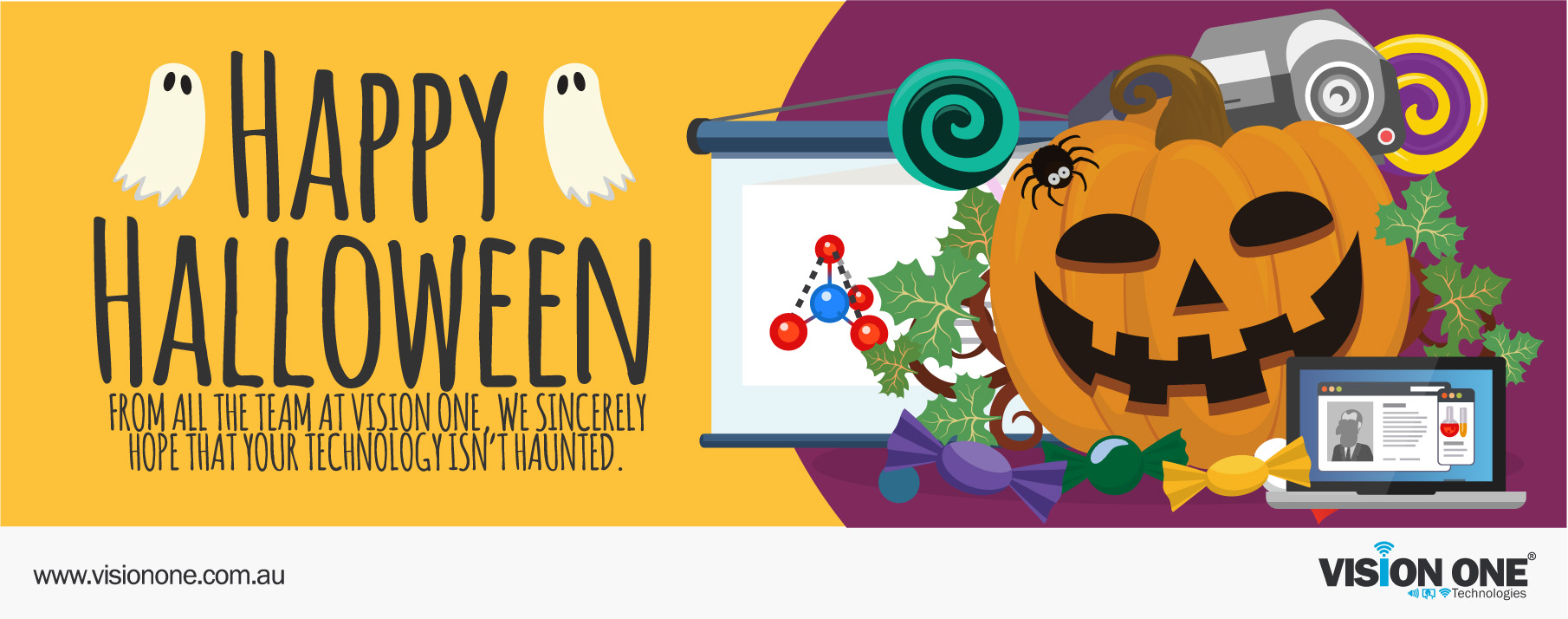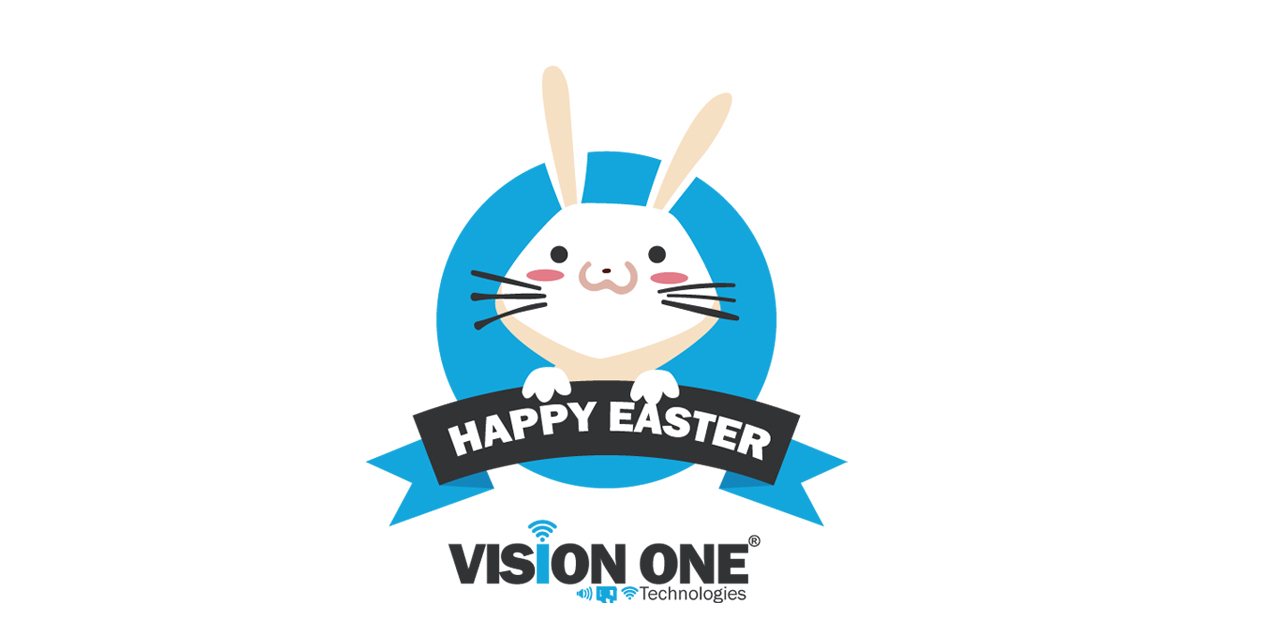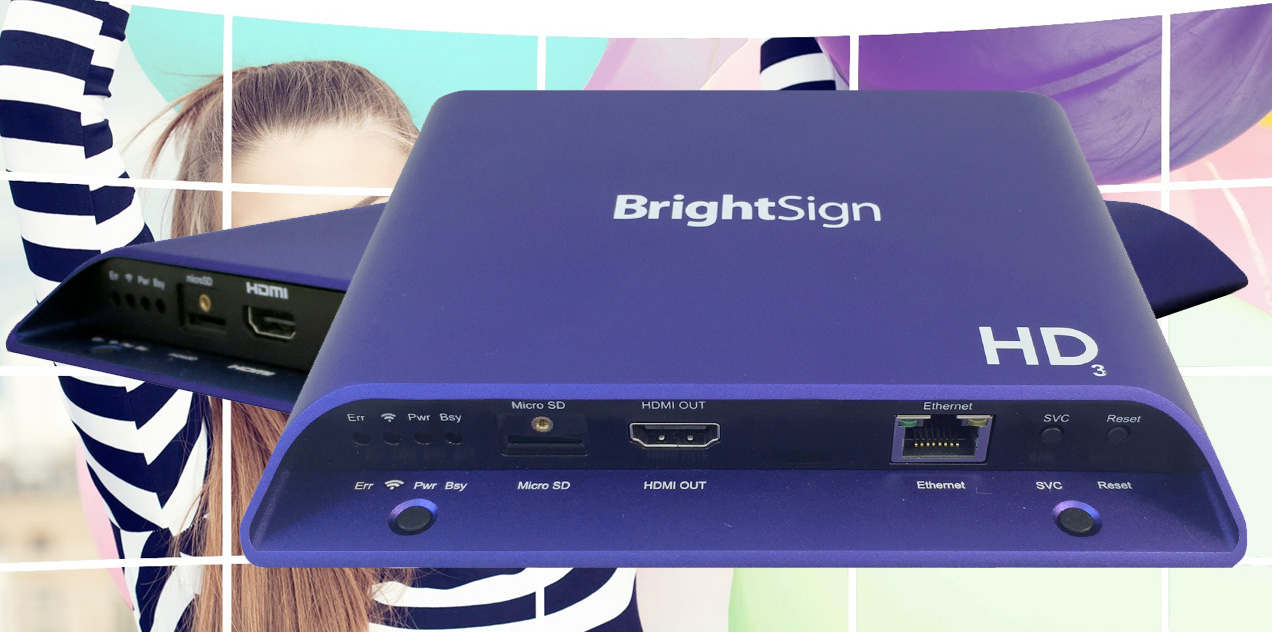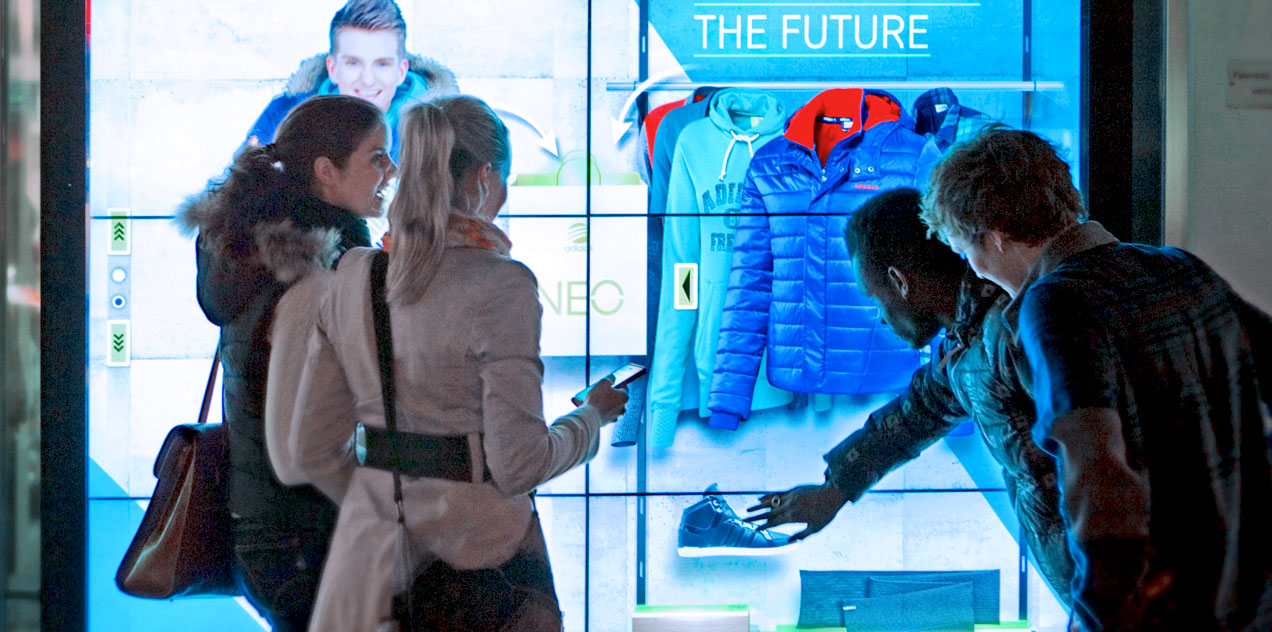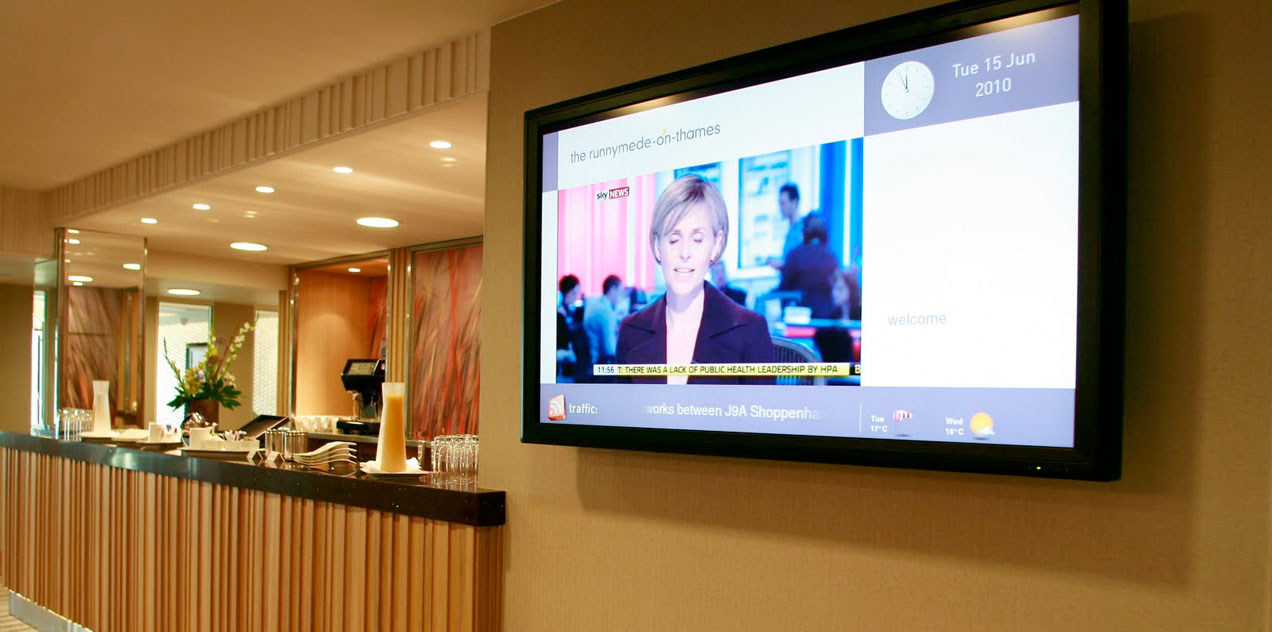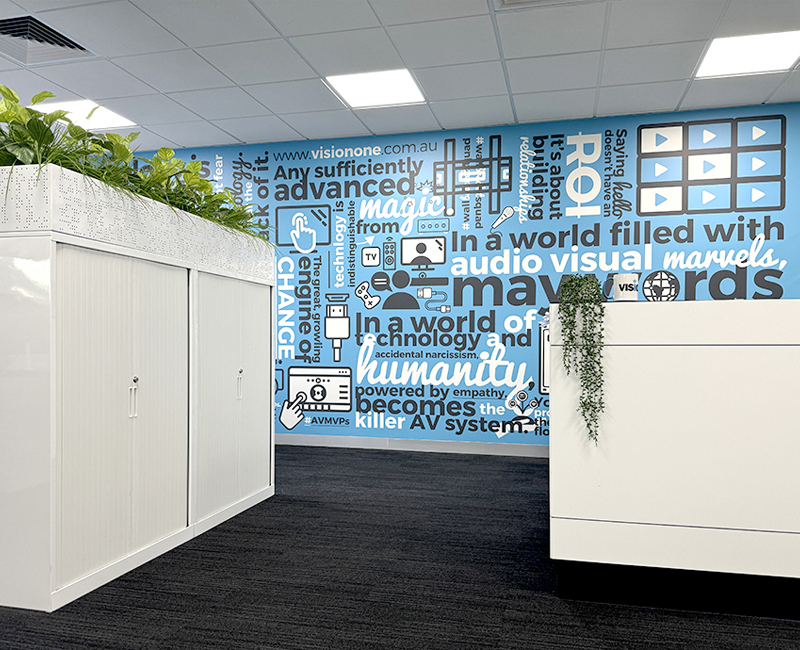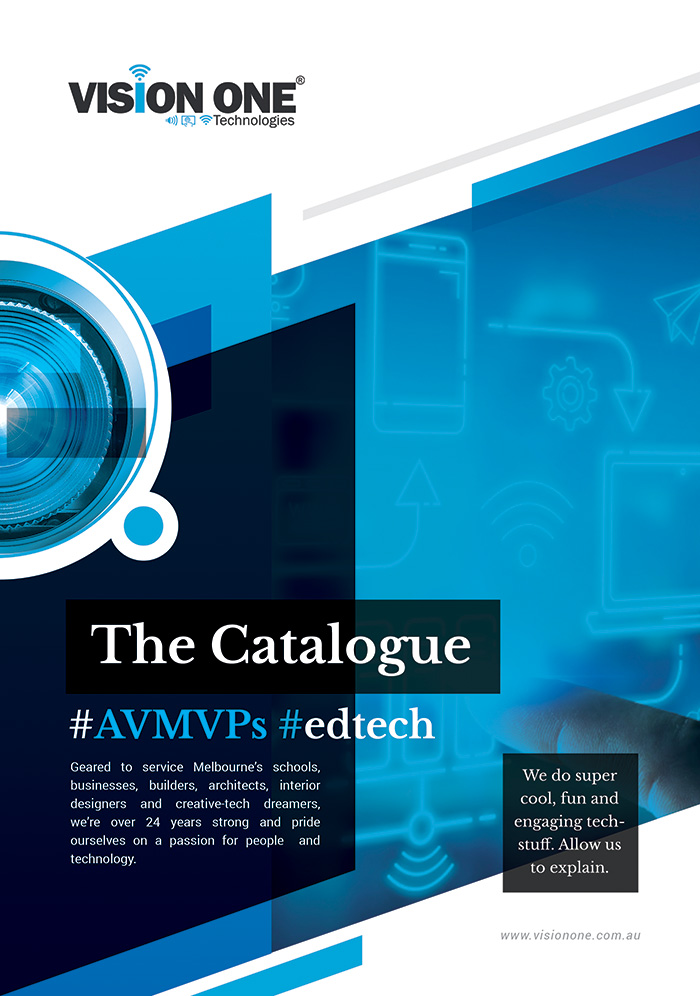Happy Halloween From the Team at Vision One!
Vision One expresses its scariest wishes to our clients and their families over the #Halloween...
Welcome Aboard Kevin Allen!
It might seem as if we've exhausted the collective AV prowess out of New Zealand...
Happy Easter From the Team at Vision One!
Vision One expresses its warmest wishes to our clients and their families over the #Easter...
BrightSign Unveils New Media Players
BrightSign, LLC®, the global market leader in digital signage media players, today announced the first...
HTML5 Ushers in Big Advances in Digital Signage Interactivity
The evolution of digital signage followed quite a linear path to where we are today....
The Rise of Targeted Content Delivery on Connected Digital Signage Displays
Over the last few months Berg Insight has been looking closely at the market for...
